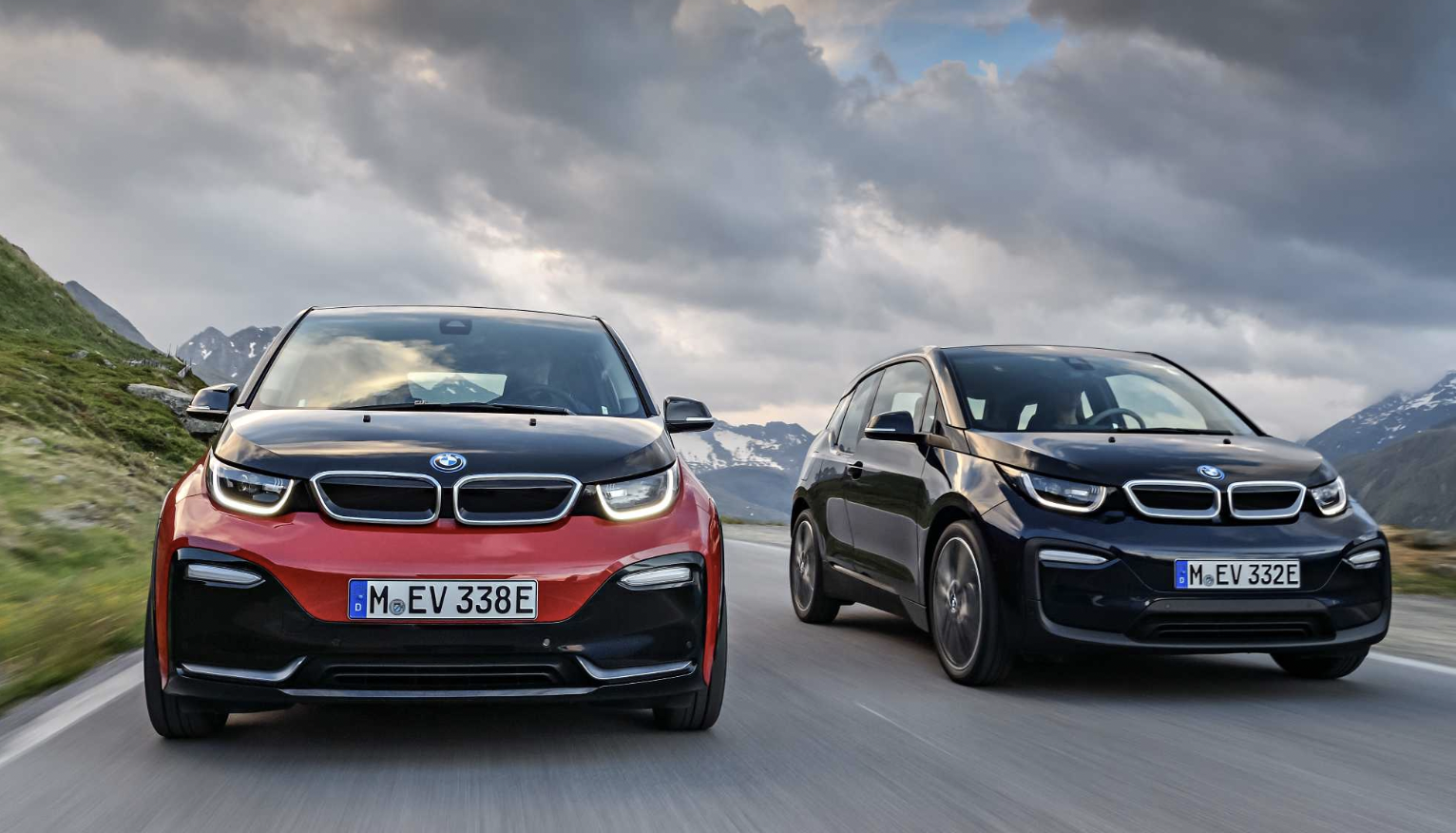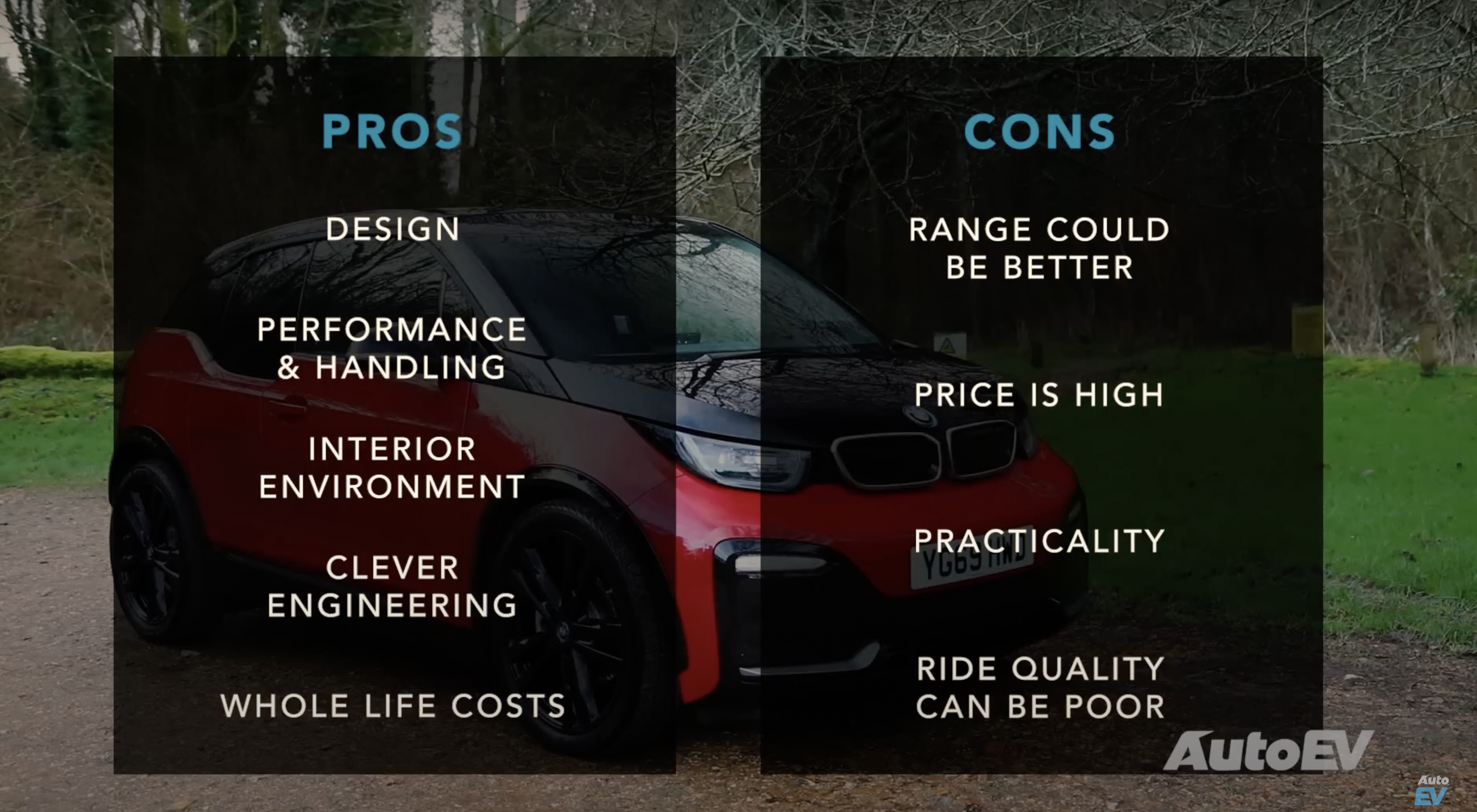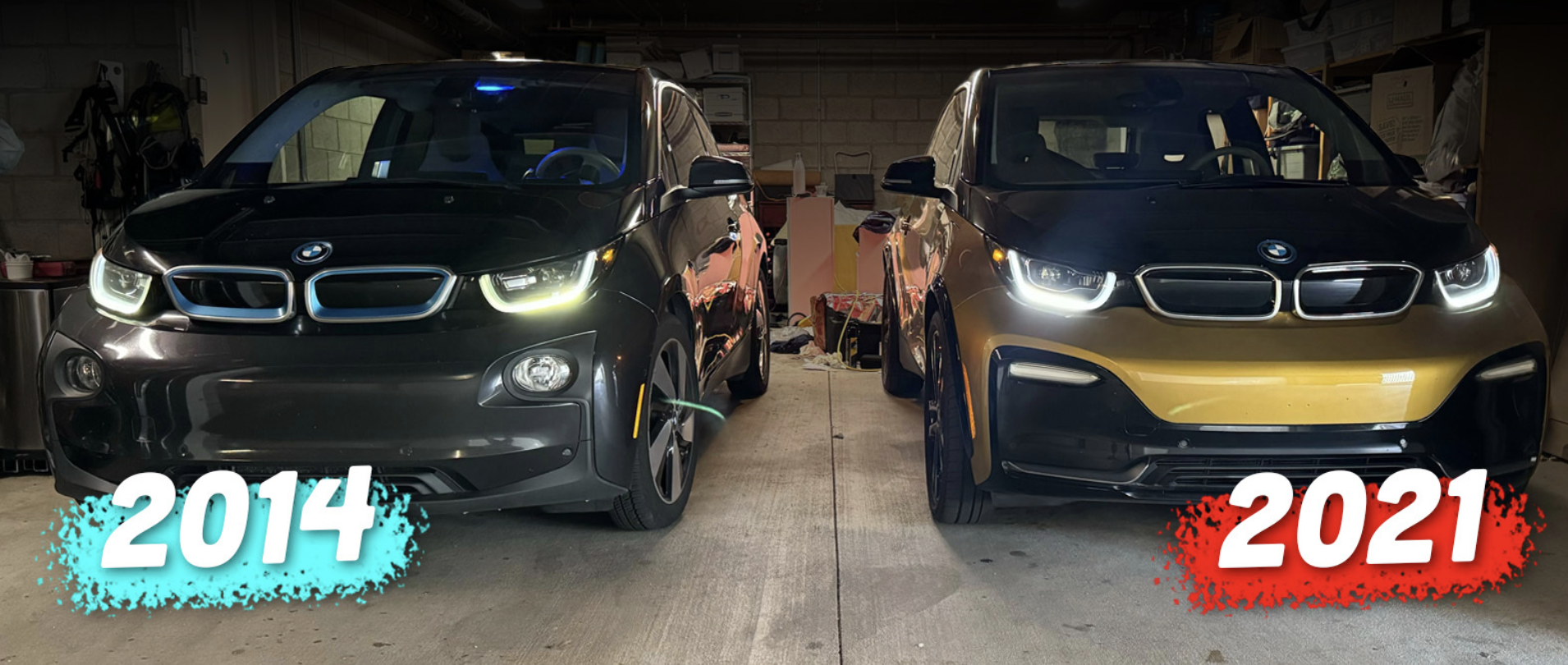I’ve been driving my “Holy Grail” 2021 BMW i3S for almost a year now, and it is without question one of the best cars I’ve ever owned. I adore the strange experimental carbon fiber, suicide door-equipped, rear scooter motor-having electric city car, and plan to keep it until the end of time. But as much as I love the wood-dashed wonder from Leipzig, one thing that’s driving me bonkers is its ride quality. It’s bad. Really, really bad.
Bad ride quality is not something I find acceptable in this day and age. While the “S” in the BMW i3S stands for “sport,” and thus one might expect a slightly stiffer ride, the car is from 2021. By 2021 so many automakers had figured out how to make a car both handle well and ride well.
![]()
As a car journalist, I’ve been fortunate enough to drive all sorts of sports cars over the years — the new Supra, the Porsche 911, the Audi e-Tron GT, the Lotus Emira, and on and on. And you know what all these cars have in common? They handle insanely well, but they also ride well.
Seriously, the era of it being acceptable for a car to ride like a stiff board because it’s been tuned specifically for canyon-carving is over. And if we’re being entirely honest, my BMW i3S is far from a sports car, anyway! This isn’t a purpose-built, low-slung, high-horsepower exotic with a huge wing and racing aspirations, it’s a city car. It’s a BMW i3. And yet, the ride quality on this machine is back-breakingly terrible.

When the “S” version of the BMW i3 came out for the 2018 model-year, it was clear BMW was trying to find a way to freshen up its then five-year old electric car. Not only did all i3s models receive an interior and exterior styling refresh, but the “S” model joined the fray, bringing with it unique looks and some trick suspension. BMW describes the 2018 i3S in its press release:
Underneath all of the design elements, the first-ever BMW i3s features a sports suspension that includes a 10-millimeter drop in height. The black wheel arch moldings’ emphasize an increase of 40 millimeters track width compared to the BMW i3 providing a stable stance and visually a broader presence. The BMW i3s comes standard with exclusive 20-inch light-alloy wheels in double-spoke design which are ½-inch wider than the previously available wheels. In addition the wheel arches in high-gloss black add 20 millimeters in width which optically enhance the vehicles size. Overall, the first ever BMW i3s is the most powerful BMW i3 to date and its sporty character is reflected via design elements highlighting width.
[…]
The first-ever BMW i3s features sports suspension with specially developed springs, dampers and anti-roll bars. Drivers can now also select SPORT mode using the Driving Dynamics Control switch. This initiates more direct accelerator response and tighter steering characteristics to accentuate the car’s sporting edge. Just 6.8 seconds (preliminary) is enough to see the BMW i3s burst past 100 km/h on its way to a top speed of 160 km/h (preliminary).
The truth is, that “trick suspension” doesn’t feel trick at all. It just feels stiff. And it’s not just me saying that.
In the review above, The Straight Pipes YouTube channel says about the i3S: “It’s kind of uncomfortable over bumps. it’s really stiff.”
YouTuber Jay Emm says in his review above: “I can’t help but wonder that these 20-inch alloys might be partly responsible for the relatively unsettled ride.”
When the Auto EV YouTube channel reviewed a BMW i3S, here’s what they came up with for pros and cons:

“If there is a tradeoff, however, it is in the ride comfort,” the host says. “We’ve driven a standard i3…and it wasn’t quite as jiggly as this. I think the larger 20 inch wheels…just give it that…they don’t absorb like they should.”
Evo magazine, in its review, wrote:
The electric B-Class or Golf annihilate the BMW in that regard and while the i3 feels stable and comfortable at motorway speeds, around town the large wheels seem to pick up every little imperfection in the surface underneath. It’s the primary ride more than the secondary, as the i3 absorbs bigger bumps such as speed humps, quite well.

To be sure, the base i3 wasn’t perfect either. The super skinny tires, the relatively narrow track, the tall profile, and the high seating position did make the car feel a bit unstable at highway speeds, with the wind pushing around the tall car, the skinny tires “tramlining” cracks in the pavement, and any amount of roll being felt obviously by the driver. BMW Blog‘s Tom Moloughney actually disliked the base i3’s ride so much, he preferred the i3S’s setup:
At highway speeds, the base i3 can be a little skittish at times, especially on windy days. The tall, boxy shape and skinny tires were really designed for lower-speed city driving. However, the lower and wider suspension, plus more rubber on the pavement have eliminated all of the deficiencies the base i3 has at high speeds. The car feels rock solid and planted now, all the way up to the electronically-limited 100 mph top speed.
And I agree with the “planted” bit. My standard i3 required me to really grip that steering wheel and pay attention, as the car had a tendency to wander. My i3S, thanks largely to its wider tires and track, does not. But I’d give up the mild increase in highway stability for better ride quality in a second.

The i3, whether S or not, isn’t an exotic. It’s never going to be someone’s weekend-only sports car for carving canyons, so the unrelenting suspension is an egregious error on BMW’s part.
In many ways, the S model seems to have lost track of what the BMW i3 is all about. The wider track increases the turning radius by over a foot. The lowered suspension makes navigating steep driveways and parking curbs a bit trickier. The body kit reduces range due to aerodynamic compromises. The wider tires also increase drag.
The BMW i3 is meant to be an efficient, nimble daily-driver. The BMW i3S reduces the efficiency, reduces the nimbleness, and destroys the ride quality around town. On the freeway? It’s fine. And if you thought the standard car was a bit too nervous due to the skinny tires, you might say the highway ride is improved. But this is a city car, and around town, I find the i3S to be a back-breaker.
I’m told that going to tires with a slightly taller sidewall will help, and since I bought 16 tires (!) that have a sidewall about 3/8 of an inch taller than stock, I should be able to test this out soon.
Until then, I will feel every bump in the road. Every little expansion joint and crack in the pavement will yield a loud THUD, shooting my beloved 24,000-mile Galvanic Gold BMW i3S Rex Giga World’s seat right up into my arse. This is especially annoying on chill Sunday morning drives when I’m just trying to relax as the beautiful mist from the ocean is slowly burned off by the sun rising from the east. Just as soon as I start feeling the vibes, it’s THUD THUD THUD THUD THUD. Total mood-killer.
Thank goodness this car is so excellent otherwise.








